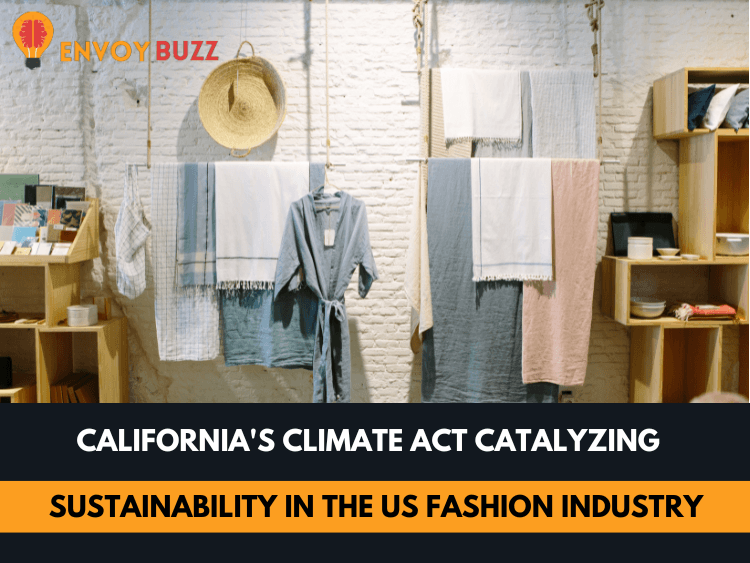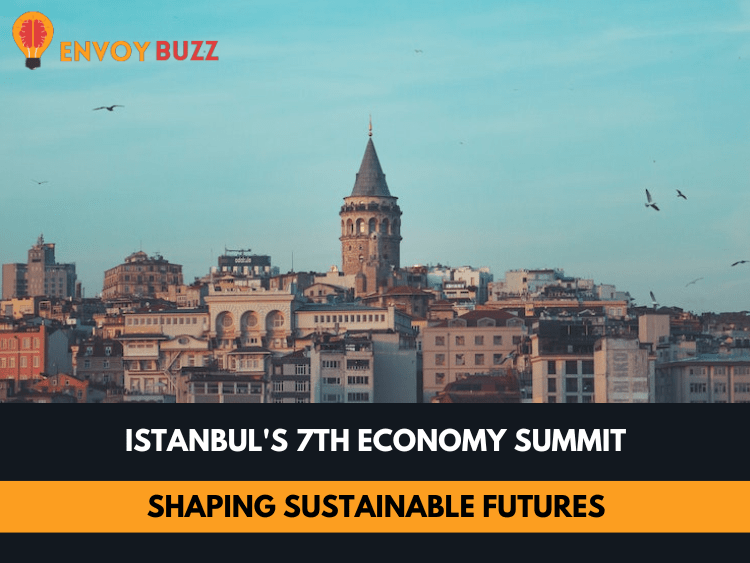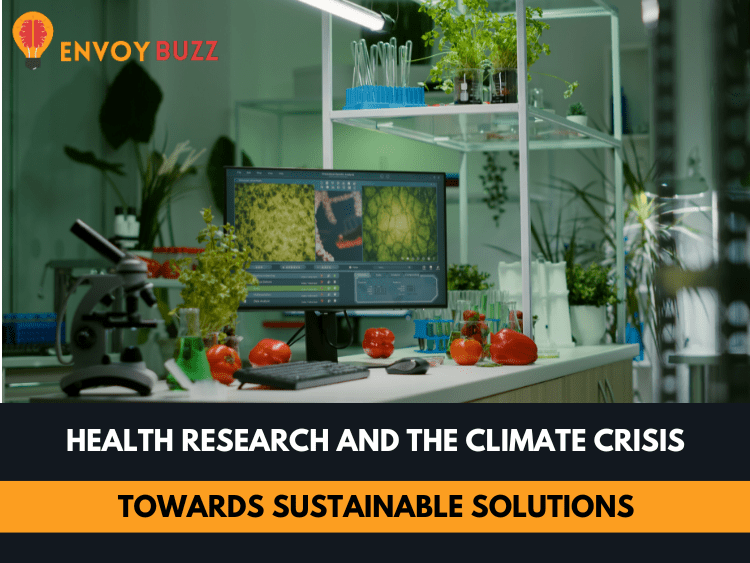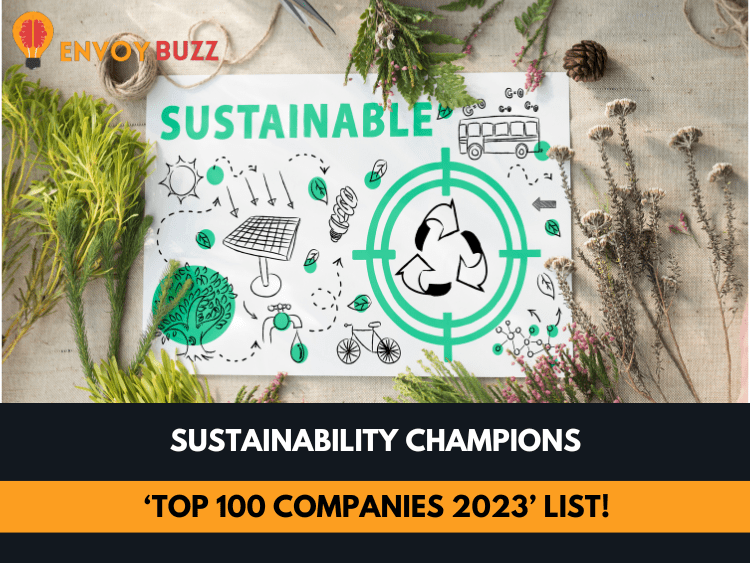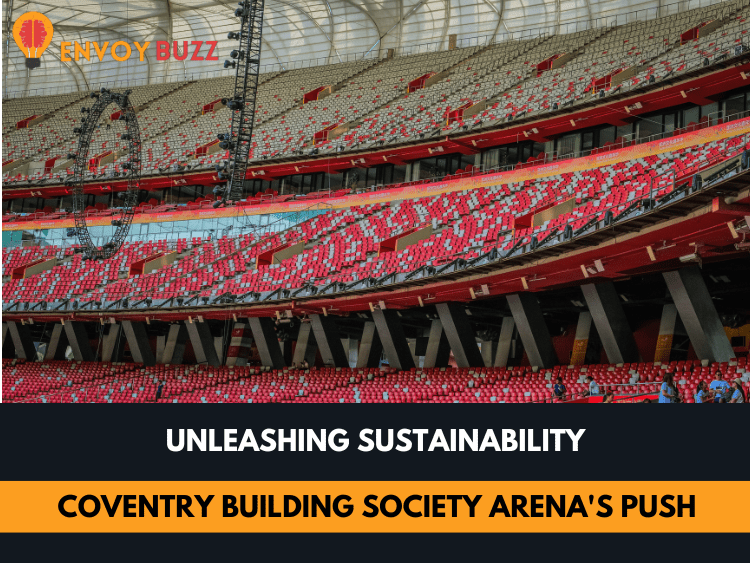When you envision the perfect material for bike frames, your mind may conjure images of carbon fiber, titanium, or aluminum—strong, sleek, and undoubtedly impressive. But here’s the thing: they come with a hefty price tag and leave quite an ecological footprint. What if I told you there’s a way to grow your personal bike frame?
Enter the realm of bamboo bike frames, where sustainability takes the wheel. Yes, you heard it right. Bamboo—a humble, renewable resource—can be transformed into a remarkable, nature-grown frame that will turn heads on the streets.
Here is the list of topics that will be covered in this blog:
Get ready to embark on an exciting journey as we explore the historical significance, craftsmanship, benefits, durability, and cost of bamboo bicycles. Additionally, discover where you can find your perfect bamboo bicycle, allowing you to pedal in style and embrace sustainable transportation like never before. Let’s delve into these intriguing topics and unlock the secrets of bamboo bike frames!
The Rise of Bamboo Bicycles: A Brief Historical Overview
Over 110 years ago, a groundbreaking invention took the cycling world by storm—bamboo bicycles. The story begins in 1894, when the Bamboo Cycle Company, an English company, patented and introduced the first bamboo bikes. Can you imagine the excitement and curiosity that surrounded this innovative creation? Cyclists and enthusiasts were eager to experience the potential of bamboo as a frame material.
A patent was granted to August Oberg and Andrew Gustafson, allowing them to build bike frames using none other than bamboo. These early pioneers set the foundation for what has now become a thriving bamboo bicycle industry.
While the popularity of bamboo cycles experienced its ups and downs over the years, recent advancements in sustainability and eco-consciousness have brought this remarkable invention back into the spotlight. People are now recognizing the tremendous potential of bamboo as a renewable resource for transportation.
How are Bamboo Bike Frames Crafted?
Building bamboo bike frames is a meticulous and fascinating process that blends craftsmanship with sustainable materials. First, mature bamboo stalks are selected for their strength and flexibility. The bamboo is then cut into sections and heat-treated to remove moisture and strengthen the fibers.
Next, the bamboo sections are carefully aligned and joined together using a combination of epoxy resin and hemp fiber wraps. This creates a durable and resilient frame structure. The frame is then left to cure, allowing the epoxy resin to harden and secure the bamboo joints.
Carbon fiber or fiberglass reinforcements are often added at specific stress points to enhance the frame’s structural integrity. These reinforcements provide additional strength and stiffness, ensuring a reliable and long-lasting frame.
Once the frame is complete, it is sanded and finished to achieve a smooth surface. The bamboo bike frame offers flexibility for customization, allowing for the incorporation of different components like dropouts, head tubes, and bottom brackets to cater to specific bike designs. Achieving exceptional frame quality and performance during construction requires meticulous attention to detail and precision.
For a step-by-step guide and visual reference, you can check out resources like “The Bamboo Bike Studio” which offers comprehensive instructions and workshops on building your own bamboo bike frame.
Why Choose a Bamboo Bicycle?
The switch to a bamboo bicycle offers a number of convincing reasons in a society that strives for sustainable solutions. First of all, bamboo is a remarkably renewable resource that grows at a phenomenal pace while requiring little water and maintenance. Choosing a bamboo bicycle means opting for an eco-friendly mode of transportation that minimizes your carbon footprint.
Secondly, these frames possess remarkable qualities that make them a joy to ride. The natural properties of bamboo, such as its shock-absorbing capabilities and lightweight nature, result in a smoother and more comfortable cycling experience. The flexibility of bamboo also contributes to a lively and responsive ride, enhancing the overall performance.
Additionally, the aesthetics of bamboo bicycles are very captivating. Each frame showcases the beauty of nature, with unique grain patterns and variations that make it a head-turner on the streets. Bicycling on a bamboo frame not only supports sustainability but also reflects style.
Lastly, building a personal connection with your bamboo bicycle is an empowering experience. Some enthusiasts even choose to construct their own frames, immersing themselves in the craftsmanship and creativity behind this eco-friendly mode of transportation.
By shifting to a bamboo bicycle, you embrace sustainability, enjoy a comfortable ride, appreciate the beauty of nature, and become an advocate for greener transportation choices. It’s a win-win situation for both you and the planet.

Pros and Cons of Bamboo Bikes
The popularity of bamboo bikes has drawn the attention of both cyclists and ecological advocates. Let’s examine the benefits and drawbacks of these green vehicles in more detail.
Pros
1. Sustainable Material
Bamboo is highly renewable and grows rapidly, making it a sustainable alternative to traditional bike frame materials like steel or aluminum. By choosing a bamboo bike, you’re reducing your carbon footprint and promoting environmental stewardship.
2. A smooth and Comfortable Ride
Bamboo possesses natural shock-absorbing qualities, providing a smoother and more comfortable ride. It helps dampen vibrations from the road, enhancing overall comfort during long rides or rough terrain.
3. Unique Aesthetics
Bamboo frames offer a distinct and eye-catching look. Each bamboo stalk has its own natural patterns and textures, creating visually stunning and personalized bikes that stand out from the crowd.
4. Customizability
Bamboo’s flexibility allows for creative frame designs and customization. Bike builders can shape and craft bamboo frames to match individual preferences, resulting in a unique and bespoke cycling experience.
5. Lightweight
Such bikes are known for their lightweight construction. Bamboo’s natural strength-to-weight ratio allows for lighter frames, resulting in improved maneuverability and agility on the road.
6. Durability
Bamboo frames may be incredibly durable if constructed and cared for properly. Bamboo has a built-in strength that may be combined with reinforcements like carbon fiber or fiberglass to produce frames that can endure the rigors of regular riding.
7. Environmental Impact
Choosing a bamboo bicycle entails helping the environment. You may help reduce carbon emissions and aid in the preservation of natural resources by selecting a renewable and sustainable material.
8. Repairability
Their frames are repairable, unlike some other frame materials. In case of damage, sections of the bamboo frame can be replaced or repaired without compromising the overall integrity of the bike.
9. Community and Craftsmanship
Bamboo bikes often come with a strong sense of community and craftsmanship. Many bike builders embrace a hands-on approach, allowing cyclists to participate in workshops or build their own bikes. This fosters a connection with the bike’s creation and promotes a sense of pride in ownership.
10. Eco-Tourism and Social Impact
In some regions, bamboo bike production provides employment and economic opportunities for local communities. By supporting the purchase of bamboo cycles, you contribute to sustainable livelihoods and empower these communities.
11. Educational Value
It can be a great educational tool. They inspire conversations about sustainability, renewable resources, and the potential of using natural materials in innovative ways. Riding a bamboo bicycle can spark curiosity and encourage learning about eco-friendly alternatives.
12. Biodegradability
A bamboo bicycle frame decomposes after its useful life. Unlike many conventional materials, bamboo naturally decomposes and returns to the earth without leaving a long-lasting environmental footprint.
Cons
1. Limited Availability
Compared to traditional bike frames, the availability of these bikes may be more limited. Finding a reputable bamboo bike manufacturer or builder might require more research and consideration.
2. Maintenance and Care
Bamboo requires regular maintenance and care to ensure its longevity. Protective coatings and periodic inspections are necessary to prevent water damage and maintain the frame’s structural integrity.
3. Cost
Bamboo bikes can be more expensive than mass-produced, conventional bikes. The craftsmanship and sustainable materials involved in their construction contribute to their price point. However, prices can vary depending on the brand, components, and customization options.
4. Frame Stiffness
While bamboo offers natural shock absorption, it may not provide the same stiffness as materials like carbon fiber. This can affect power transfer and responsiveness for riders seeking maximum performance.
Are Bamboo Bikes Built to Last?
You might be wondering, How long can a bamboo bike last? Well, let me share the exciting news—it’s built to go the distance!
Bamboo bikes are incredibly durable and may travel with you on an infinite number of trips with appropriate care. The secret lies in bamboo’s natural strength and resilience. It’s a material that has stood the test of time in nature’s playground, making it a reliable choice for bike frames.
While factors like riding habits and terrain come into play, your bamboo bike is designed to withstand the rigors of your journeys. Protect it from extreme weather, give it regular check-ups, and show it some cleaning love. By doing so, you’ll enjoy a long-lasting relationship with your eco-friendly companion.
Bamboo Bikes: How Much Do They Cost?
When it comes to bamboo bikes, you’ll find a range of options to suit different budgets and preferences. For those seeking an affordable entry point, basic bamboo bike frames can start around $500 to $800. These kits allow you to unleash your creativity and build your dream bike.
On the other hand, if you’re looking for a complete bamboo bicycle with high-end components and craftsmanship, the price can range from $1,000 to $3,000 or more. These premium bikes often feature top-quality materials, precise construction, and attention to detail.
It’s important to remember that the price of a bamboo bike is not only for the material itself but also for the skilled craftsmanship involved in creating these unique and sustainable rides.
Pedal in Style: Get Your Bamboo Bicycle Here
| Country | Famous Bamboo Bicycle Options | Details |
| United States | Calfee Design | Renowned for their craftsmanship and high-quality bamboo frames. |
| United States | Boo Bicycles | Creates handmade bamboo cycles with a focus on performance and design. |
| United Kingdom | Bamboo Bicycle Club | Provides bamboo bike kits and workshops for enthusiasts in the UK. |
| Philippines | Bambike | Produces eco-friendly bamboo bikes, promoting local livelihoods. |
| Netherlands | Bamboe Fietsen | Specializes in custom bamboo cycles with a touch of Dutch design. |
Important Note: The links provided above have been thoroughly researched. We want to clarify that we do not earn any commission from purchases made through these websites. Our intention in sharing these links is solely to offer eco-friendly solutions and contribute to the preservation of our planet.
Let’s work together towards a greener future without any marketing motives—explore these websites for sustainable transportation options and embrace a more environmentally conscious lifestyle.
For More blogs, please visit EnvoyBuzz


